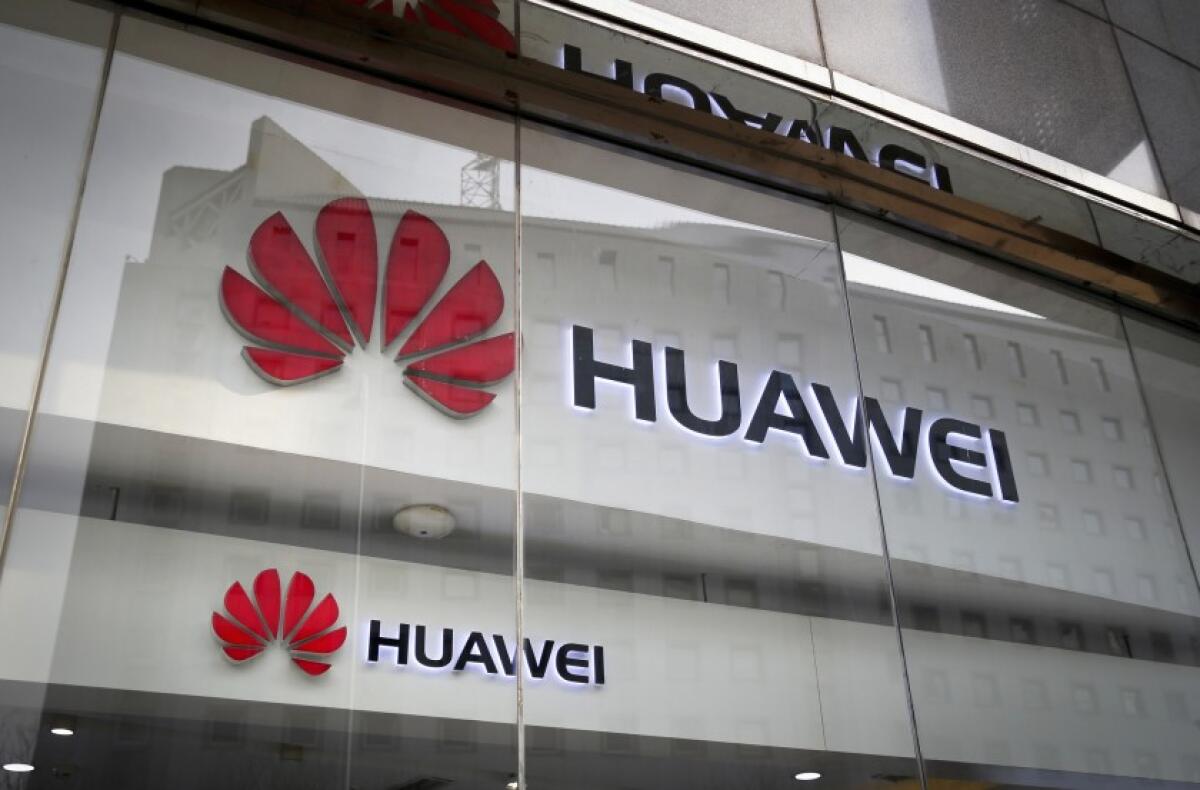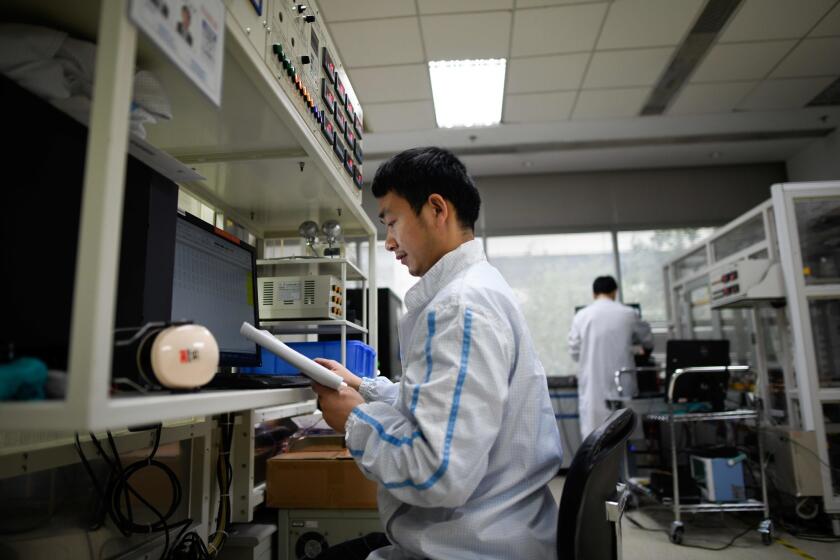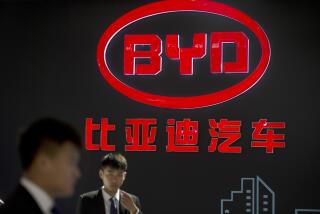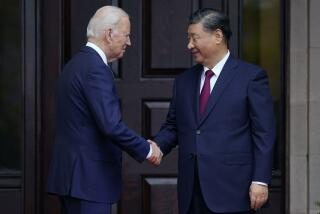Huawei announces record revenue despite U.S. efforts to undermine it

SINGAPORE — In a year in which the United States mounted an unprecedented effort to undermine China’s largest telecommunications company, Huawei made sure it got the last word.
The firm announced Tuesday that its revenue surged 18% to more than $120 billion in 2019 despite a ban on U.S. exports to the company starting in May.
“Despite concerted efforts by the U.S. government to keep us down, we’ve made it out the other side and continue to create value for our customers,” Eric Xu, one of Huawei’s three rotating chairmen, said in a statement. “These figures are lower than our initial projections, yet business remains solid and we stand strong in the face of adversity.”
The New Year’s Eve message capped the toughest year yet for the telecommunications giant, which was pushed into the center of the U.S.-China trade war.
In addition to being blacklisted for U.S. suppliers, the company was indicted in January by the U.S. Justice Department, accused of stealing American technology and violating trade sanctions against Iran. As a result, the company’s chief financial officer, Meng Wanzhou, has been under house arrest in Vancouver, Canada, fighting extradition to the U.S. She is the daughter of Huawei’s founder and chief executive, Ren Zhengfei.
Huawei fought back by suing the U.S. government and launching a public relations campaign. Still, the company has struggled to dispel fears it poses a national security threat to other nations because of its dominant position in manufacturing next-generation 5G mobile network equipment.
The company’s murky past, which includes Ren’s tenure in the military, generous state support and evidence of spying and intellectual property theft has contributed to widespread distrust of Huawei among the U.S. and some of its allies.
The company’s 5G business continues to grow, however, as Washington hasn’t been able to persuade many other governments to follow the U.S. in banning the Chinese company’s networks. Huawei’s competitive prices and technology have given it a leg up on 5G competitors such as Europe’s Ericsson and Nokia.
Huawei is the world’s second-largest smartphone manufacturer, and sales of its handsets helped propel Huawei’s 2019 revenue, Xu said.
Continued access to components needed to build those phones has been crucial.
Analysts said Huawei has survived by increasingly relying on its own chip manufacturer, HiSilicon. It also switched from U.S. suppliers to those in Taiwan, Japan and South Korea after it was blacklisted by the Trump administration. Meanwhile, American suppliers that produce their equipment overseas are still allowed to do business with Huawei. These factors together allowed Huawei to forge ahead, said Dan Wang, a technology analyst for research firm Gavekal.
“Huawei has been successful in replacing components,” Wang said. “It’s a big surprise to the U.S. government. We’re in novel territory.”
Where the company will struggle, analysts say, is in producing a viable alternative to Google‘s suite of apps, which are no longer permitted on Huawei’s phones as a result of the blacklisting. While that won’t hurt the company’s China market, where Google is banned, it will affect its foreign markets, particularly Europe.
Huawei will have to persuade app developers — many who are cash-strapped because of the nature of their business — to take a chance on Huawei’s mobile ecosystem rather than a sure bet such as Google.
“The software is crucial,” Wang said. “It’s quite likely overseas smartphone sales will suffer.”
Xu said in his statement that the company expected to remain blacklisted by the U.S. in 2020 and warned of slower growth.
The political and economic conditions will accelerate Huawei’s bid to become more self-reliant, Ren told The Times in an interview last month.
Huawei’s ability to overcome U.S. efforts this year highlights the complications of a so-called decoupling strategy by Washington and Beijing — disentangling the supply chains and relationships that hold the world’s two largest economies together.
“We’re on the cusp of a soft decoupling,” said Paul Triolo, a Washington-based technology analyst with Eurasia Group, a consultancy. “Right now it’s fairly easy to move supply chain around. It will be really damaging if the Chinese economy designs [alternatives to] U.S. technology. Huawei is an example. It’s already designing U.S. tech. If this becomes the trend, the damage becomes irreversible.”
More to Read
Inside the business of entertainment
The Wide Shot brings you news, analysis and insights on everything from streaming wars to production — and what it all means for the future.
You may occasionally receive promotional content from the Los Angeles Times.












